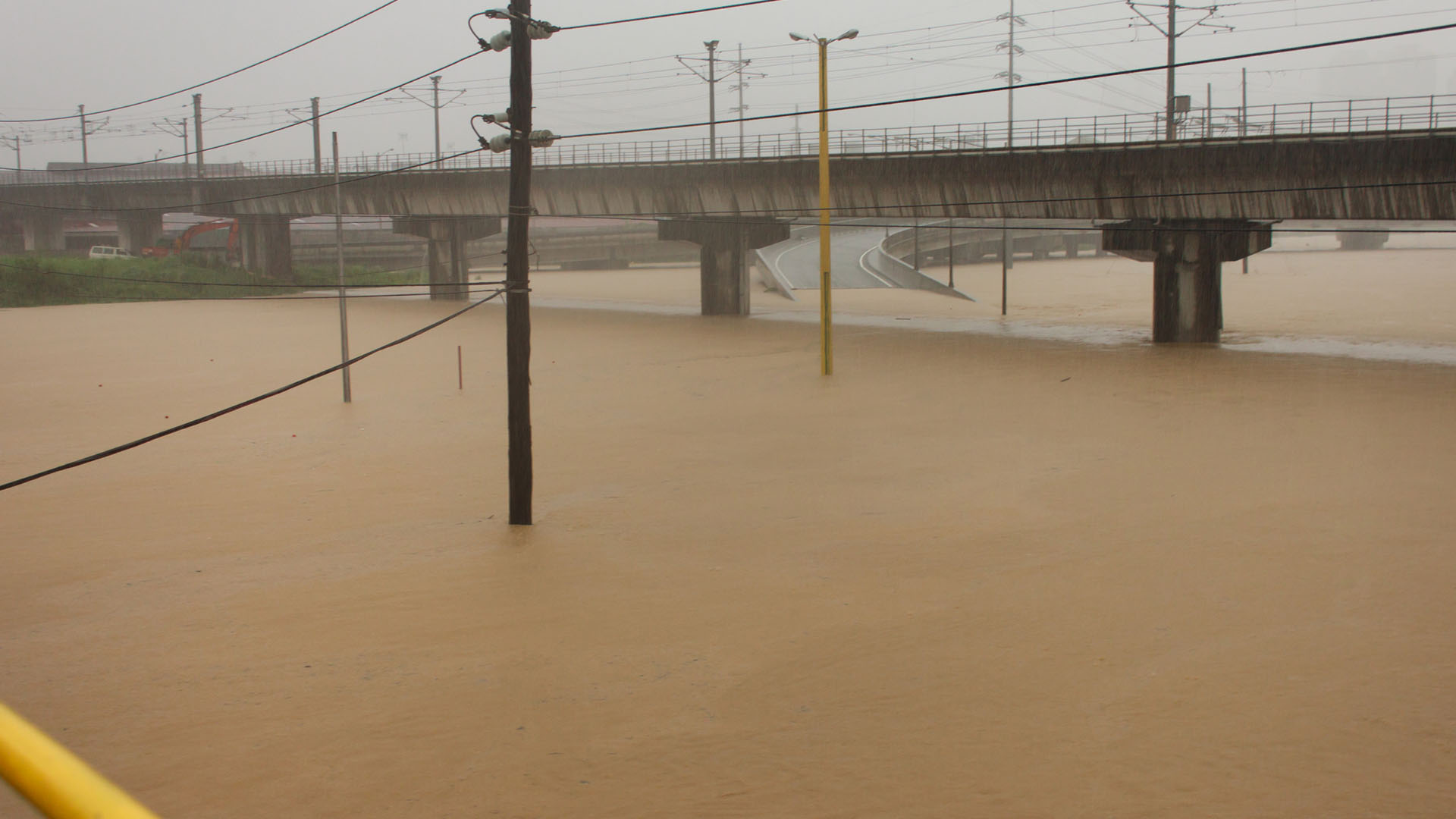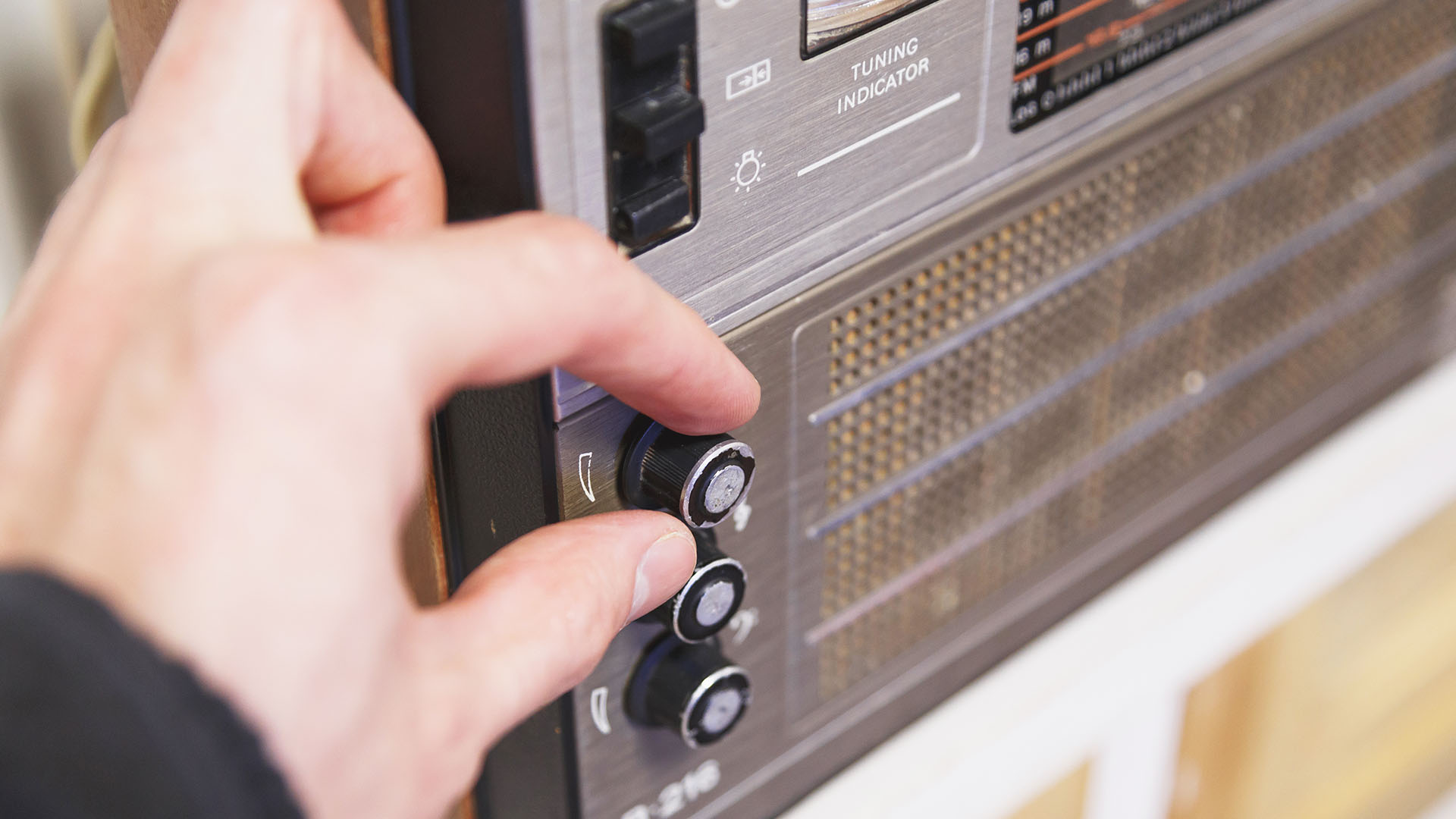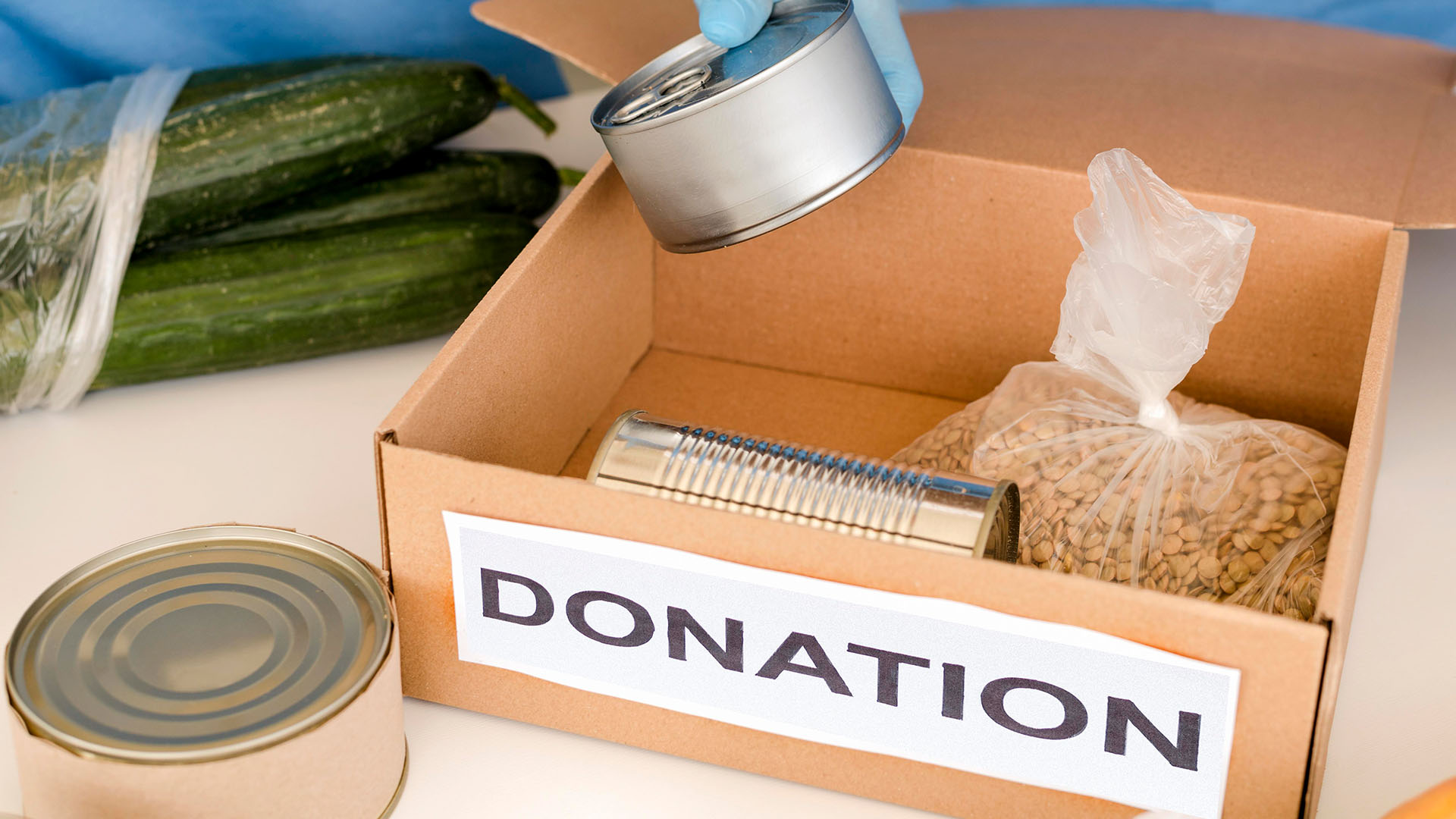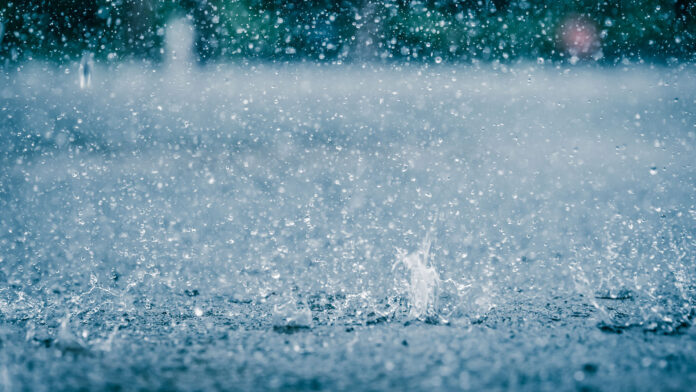It was a sunny Wednesday morning with a little bit of cold, crisp air when news about class suspension was announced on TV. By 3:00pm, my eldest who is in college, remarked how can there be a storm with a weather like this?
The Philippine Atmospheric, Geophysical, and Astronomical Services Administration (PAGASA) warned that typhoon Ulysses would intensify into a severe tropical storm on Tuesday, November 10, then into a typhoon by Wednesday morning, November 11. PAGASA enumerated areas where the typhoon would make landfall namely: Catanduanes, Sorsogon, Albay, Camarines Sur and eastern part of Camarines Norte.
PAGASA has a standard weather reporting based on its scientific tools. But why does it appear that the public was not informed about the possible impact of the storm?
Below are some realizations after typhoon Ulysses:
1. Risk communications could have been “Prepare for the worst. This is Ondoy Part 2”
11 years after the tragic typhoon Ondoy, my best friend’s house in Provident village in Marikina was turned to a mud pit again. Judith said that since typhoon Ondoy in 2009, they are already familiar with disaster protocols starting with the siren that is heard all over town. It signals the danger due to the overflow of Marikina river. They know when to evacuate. After their Ondoy experience of staying on the roof of their house for more than 24 hours, they strictly comply with the local government. But this time, Judith’s family did not receive any notice.
Her daughter Jzanel said every time there is a typhoon, they monitor the FB pages of the Marikina Public Information Office, Marikina City Rescue 161, and Provident village residents. But unlike typhoon Rolly which hit the country last November 2, there was no advisory to brace for an Ondoy Part 2.

2. Transistor radio is your number one communication tool during a calamity.
We had no electricity from 1:30am until 5:30pm on Thursday, November 12. Internet was also down. Our window to the world was my father’s transistor radio. He flipped from one channel to another. We missed the kind of on-ground news reporting of ABS-CBN: on-time, detailed, and graphic. Their extensive regional media network was their advantage. But now off the air, we realize the impact of their news reports to reach people who are in dire need.

3. The spirit of bayanihan is alive anywhere.
At 4:00am, in the midst of howling winds and torrential rains, one of our neighbors posted on our subdivision’s FB page that families from the nearby areas that submerged in floods were jumping over our perimeter fence with children and even babies, in tow. One resident opened her garage for them, but in just an hour, there were over 50 families inside, so they were immediately transferred to our clubhouse.
Our neighborhood all helped provide the evacuees with food, old clothes, blankets, and towels. By Friday lunchtime, Mars Sarmiento, one of our neighbors, turned his personal kitchen to a community kitchen for the evacuees. We pooled our donations, and he was gracious enough to cook for 473 evacuees.
By 8:00pm on Friday, one of our neighbors posted on our FB page that the evacuees needed cartons, blankets to sleep on. It was a good thing I had cartons in the garage collected from grocery shopping. I had no old blankets, but we had a lot of old curtains, so these also kept them warm for one night.

4. Government needs a more timely, efficient, and effective disaster response even during pandemic.
Typhoons are a way of life for us. By now, we should have learned from typhoons Ondoy in 2009 and Yolanda in 2014. For some years, our communities have been spared from the wrath of these calamities because we have been notified early, prepared for the worst, and evacuated those who were in the eye of the storm. But the onslaught of typhoon Ulysses brought us back to 2009 when people where on the roofs of their houses, desperately crying for rescue. Long-term, the government needs a more comprehensive strategy to respond to natural calamities.
The lull before a storm is a period for preparation. The calm after the storm is the time to look back at the lessons learned from this tragic event.




